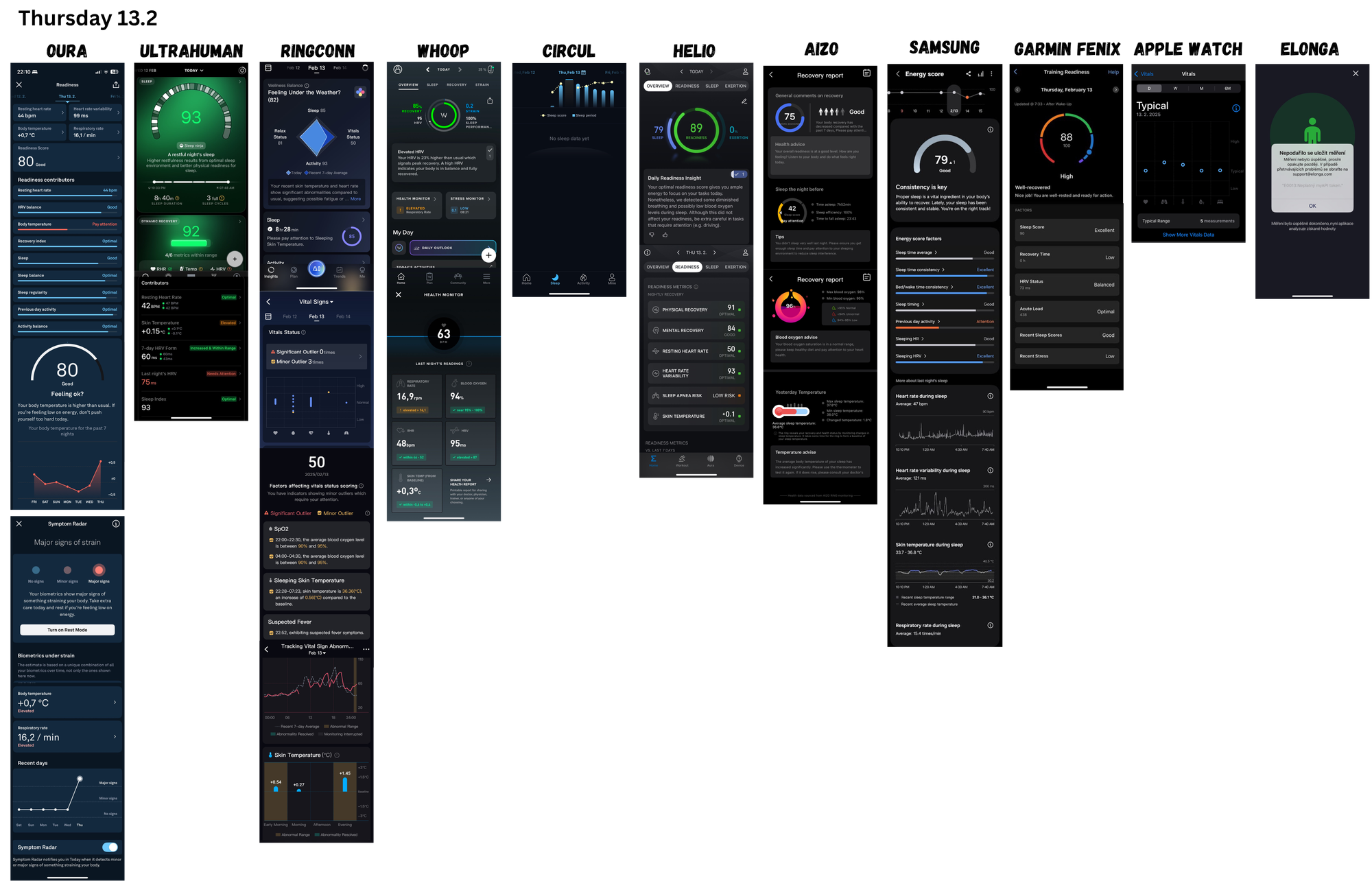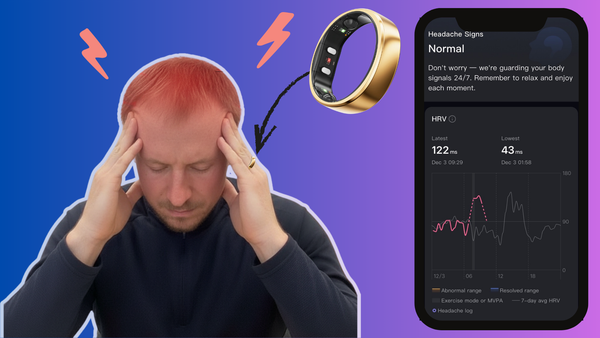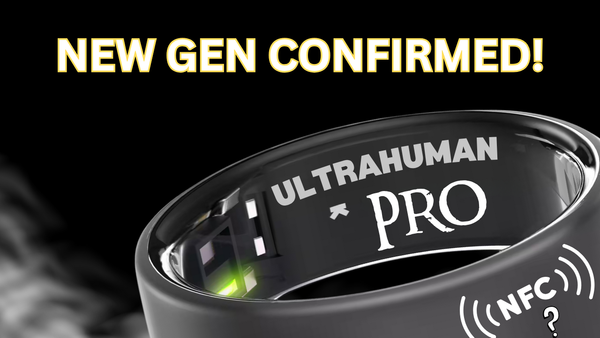Best Smart Ring: The Sick Test 🤒
Which smart ring detects illness the best? During a week with the flu, I tracked how different rings (Oura, RingConn, Ultrahuman…) and other wearables (Whoop, Garmin Fenix 8, Apple Watch Ultra, Elonga) responded. Which devices gave an early warning — and which ones failed?

This article is the third part of the “Best Smart Ring” series, offering a detailed and science-based comparison of wearable devices.
After covering step tracking 👣 and sleep monitoring 💤 in the first two chapters, this time we’ll explore how smart rings respond to the onset and progression of illness.
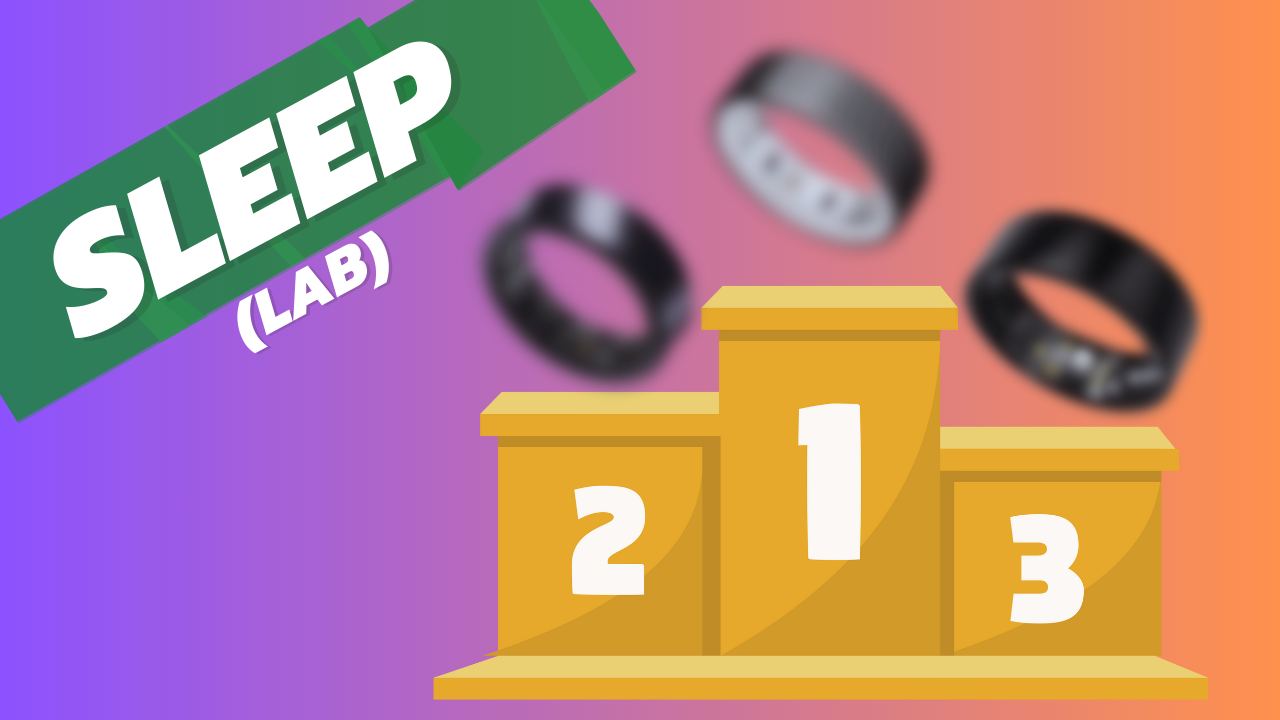
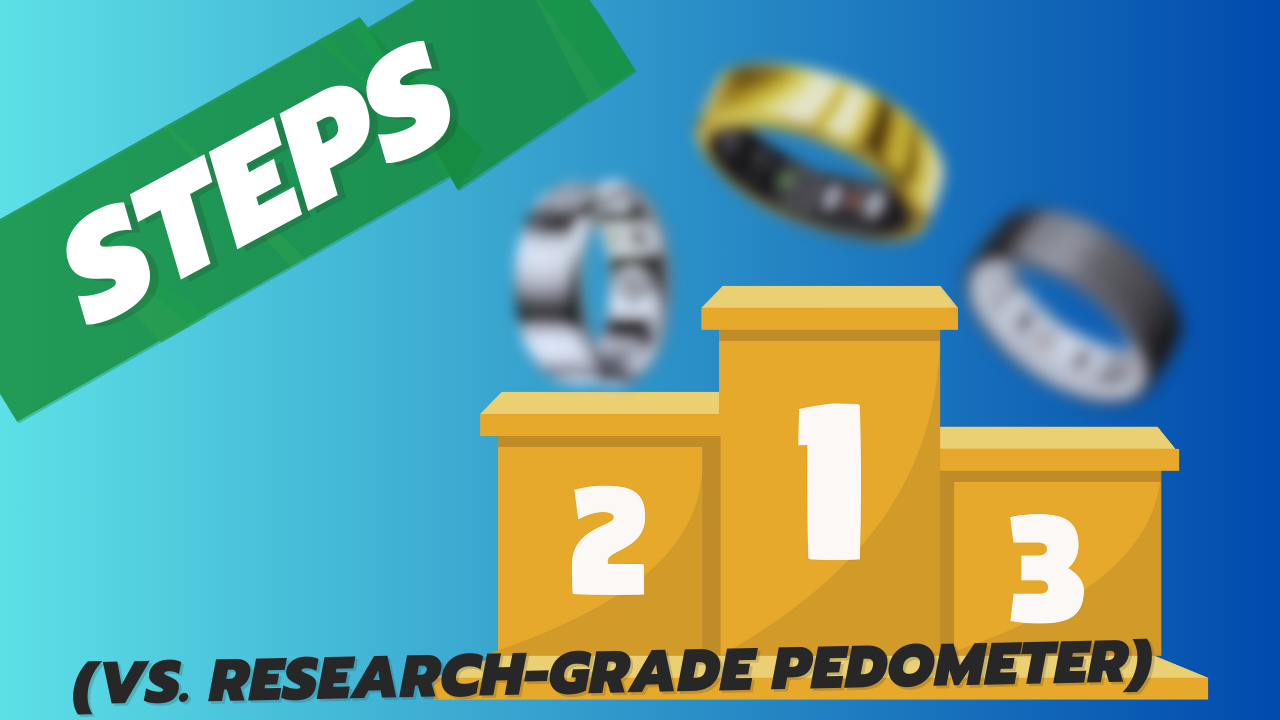
Today’s contenders in the wearable showdown are:
- 💍 Smart rings:
- ⌚ SmartWatches:
- Garmin Fenix 8
- AWU (Apple Watch Ultra)
- Smart trackers:
In this article, you’ll find out:
- 🤒 How can wearables actually detect illness?
- 📅 A day-by-day breakdown of the illness through the lens of smart rings and other wearables
- 🔬 How we’ll evaluate which device performed best
- 🎖️ The ultimate ranking of the best wearables for illness detection
To quickly navigate, just click on the section you’re most interested in ⤴️.
For full context and insights, we recommend reading the whole article.
Let’s dive in 💥
🤒 How Can Wearables Detect Illness?
Smart rings, watches, and bands — in short, wearables — track several physiological metrics that tend to change when you’re getting sick.
The most common ones include:
- 🌡️ Body temperature – an elevated temperature is often an early sign of infection.
- ❤️ Heart rate – typically increases under physical or physiological stress.
- 💓 Heart rate variability (HRV) – usually drops during stress or inflammation.
- 🫁 Respiratory rate – tends to rise even with mild symptoms.
There are also shifts in secondary or derived metrics, such as readiness scores, sleep indicators, and more.
Each device has its own approach and algorithms. Some (like Oura, RingConn, and Ultrahuman) even include specialized illness detection features.
The benefit? These insights can help identify illness before symptoms appear, giving you time to adjust your activity, recovery, or preventative measures.
Later, you can also track whether your wearable data returns to baseline after subjective symptoms subside.
📅 Day-by-Day: How the Illness Unfolded Through Smart Rings and Wearables
One of the clearest and most user-friendly ways to understand how wearables track illness is to follow the progression day by day.
My flu lasted from Wednesday, February 12 to Tuesday, February 18.
Day 1️⃣ (Wed 12 Feb) – Seemingly Healthy
- 🧘♂️ Subjective: The kids and my wife were already sick, but I was still holding strong.
- 📊 Wearables: All devices reported normal values.
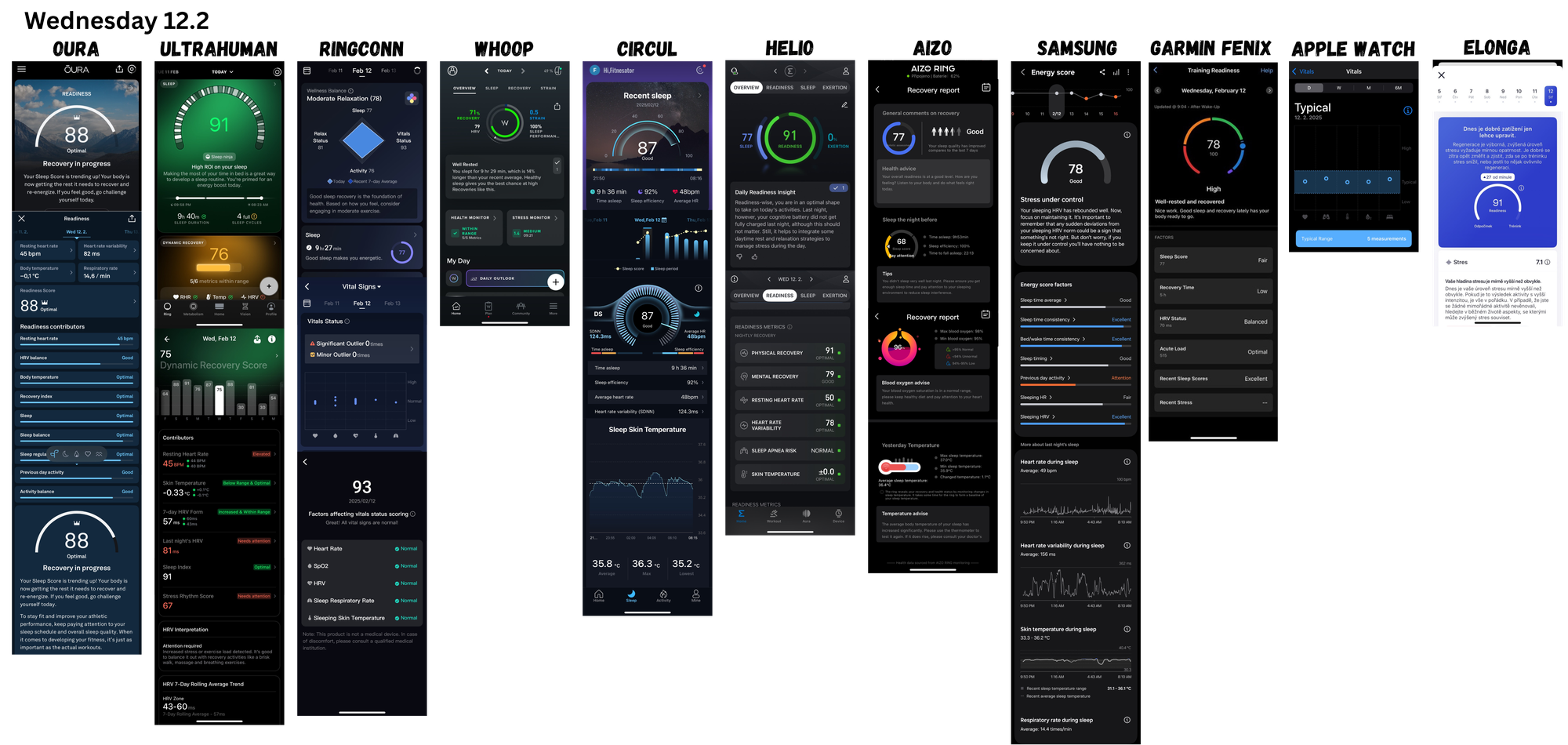
Day 2️⃣ – First Subtle Symptoms
- 🧘♂️ Subjective: I woke up with a slight headache, but hoped it would pass. I went grocery shopping and took care of the kids as usual.
- 📊 Wearables:
- Oura Ring 💍: “Feeling sick?”
- RingConn 💍: “Feeling under the weather?”
- Other devices still showed normal values.
